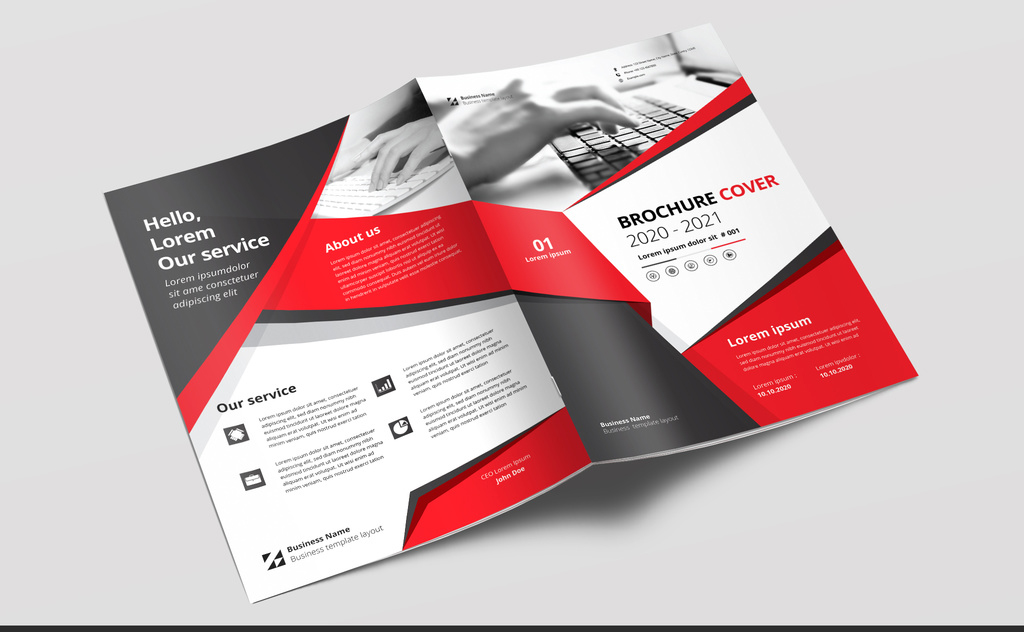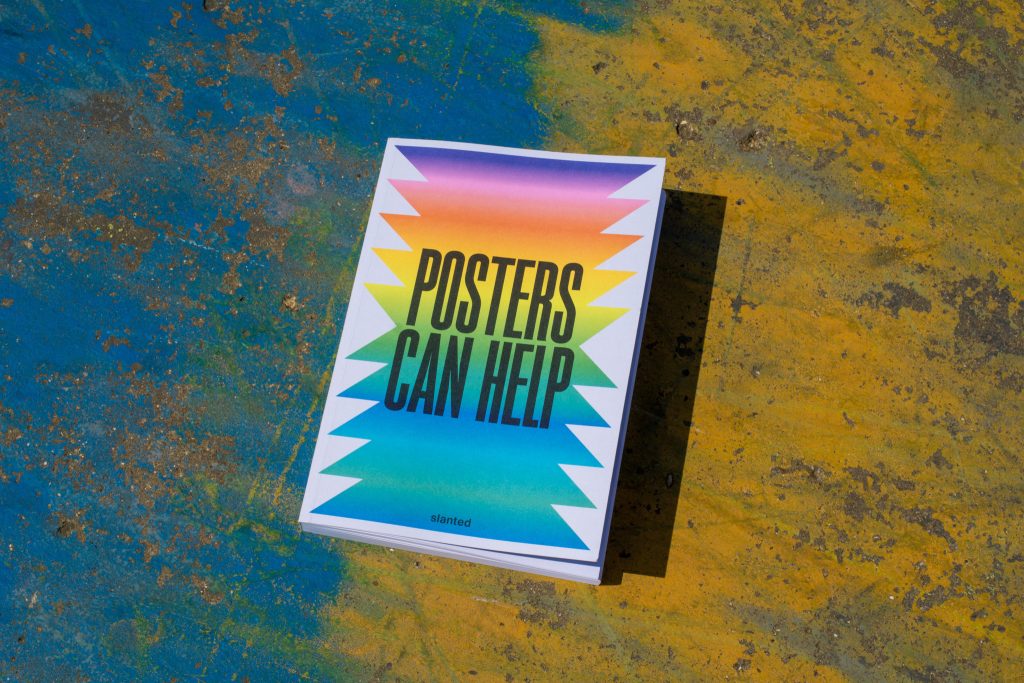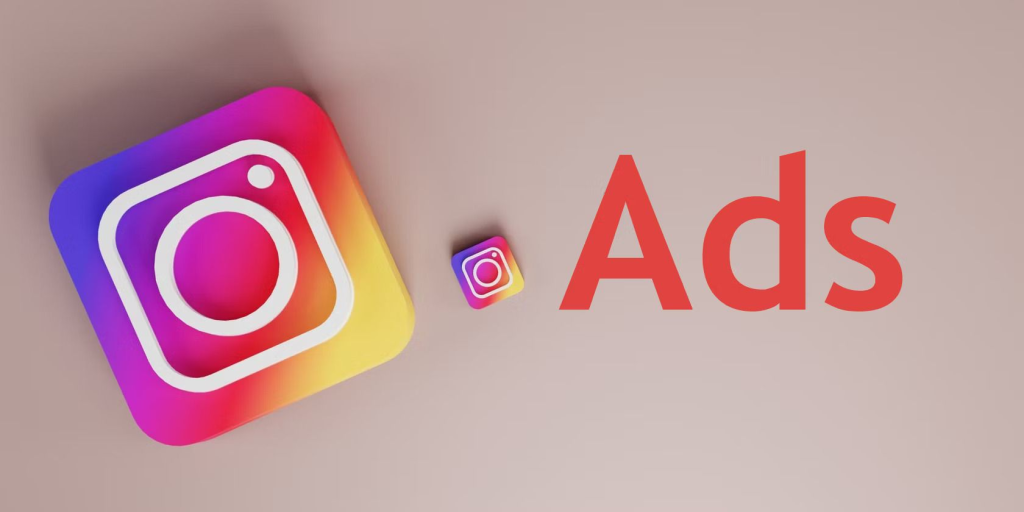In today’s competitive market, effective advertising is crucial for businesses aiming to increase brand visibility, engage potential customers, and drive sales. With so many advertising options available, it can be challenging to determine the best approach for your business. Whether you’re a small startup or a well-established brand, understanding the different types of advertising is key to crafting a strategy that resonates with your target audience and achieves your marketing goals.
In this blog, we will explore the various types of advertising, from traditional methods like TV and print ads to modern digital formats such as social media and programmatic advertising. Each type of advertising has its own strengths and is suited to specific business objectives, allowing you to tailor your approach based on your needs and budget. By understanding the options available, you’ll be better equipped to choose the right advertising channels for your business and make informed decisions to maximize your return on investment.
TRADITIONAL ADVERTISING
1. TYPES OF ADVERTISING: PRINT ADVERTISING
Print advertising involves placing ads in printed media such as newspapers, magazines, brochures, and flyers. These types of advertising has been a staple of advertising /for many years and continues to be effective for certain demographics.
NEWSPAPER ADS

Description: Ads placed in daily or weekly newspapers.
Formats: Display ads, classifieds, inserts, and advertorials.
Best Practices: Use attention-grabbing headlines, high-quality images, and clear CTAs. Target specific sections or days for better reach.
MAGAZINE ADS
Description: Ads placed in magazines, typically aligned with the publication’s theme.
Formats: Full-page, half-page, quarter-page, and double-spread ads.
Best Practices: Choose magazines that align with your target audience, use high-quality visuals, and provide detailed information about your products or services.

BROCHURES AND FLYERS

Description: Printed promotional materials distributed in various locations.
Formats: Single-page flyers, multi-page brochures, and catalogs.
Best Practices: Design visually appealing layouts, include comprehensive information, and distribute in high-traffic areas relevant to your audience.
2. TYPES OF ADVERTISING: BROADCAST ADVERTISING
Broadcast advertising uses television and radio to deliver ads to a mass audience. These types of advertising is known for its ability to reach large numbers of people quickly.
TELEVISION ADS
Description: Commercials aired on television channels.
Formats: 15-second, 30-second, 60-second spots, and infomercials.
Best Practices: Create high-quality, engaging content, use prime time slots for maximum reach, and ensure clear messaging with a strong CTA.

RADIO ADS

Description: Audio commercials broadcast on radio stations.
Formats: 15-second, 30-second, and 60-second spots.
Best Practices: Use catchy jingles or taglines, target specific time slots and radio shows, and include a memorable CTA.
3. TYPES OF ADVERTISING: OUTDOOR ADVERTISING
Outdoor advertising involves placing ads in outdoor locations to reach pedestrians and drivers. These types of advertising is highly visible and can be very effective in high-traffic areas.
BILLBOARDS
Description: Large ads displayed on roadside structures.
Formats: Static billboards, digital billboards, and mobile billboards.
Best Practices: Use bold visuals and concise text, position billboards in high-traffic areas, and update content regularly to maintain interest.

TRANSIT ADS

Description: Ads placed on public transportation vehicles and stations.
Formats: Bus wraps, subway ads, taxi ads, and airport ads.
Best Practices: Ensure ads are eye-catching and easy to read, target transit routes with high ridership, and tailor messaging to the commuting audience.
POSTERS AND SIGNAGE
Description: Smaller-scale ads displayed in various public locations.
Formats: Posters, banners, and signs.
Best Practices: Place in high-traffic areas, use clear and concise messaging, and incorporate branding elements.

4. TYPES OF ADVERTISING: DIRECT MAIL ADVERTISING
Direct mail advertising involves sending physical promotional materials directly to consumers’ mailboxes. These types of advertising can be highly targeted and personal.
POSTCARDS

Description: Small, printed cards sent via mail.
Formats: Standard postcards, oversized postcards.
Best Practices: Use visually appealing designs, include a clear offer or promotion, and personalize with the recipient’s name.
CATALOGS
Description: Multi-page booklets showcasing products or services.
Formats: Full catalogs, mini-catalogs.
Best Practices: Use high-quality images and detailed descriptions, segment mailing lists for targeted distribution, and include easy ways to order.

LETTERS

Description: Personalized letters sent via mail.
Formats: Standard business letters, invitation letters.
Best Practices: Personalize content, use compelling headlines, and include a clear CTA.
5. TYPES OF ADVERTISING : EVENT SPONSORSHIP AND PROMOTION
Event sponsorship and promotions involve partnering with events or organizing promotional activities to increase brand visibility and engagement.
SPONSORSHIP
Description: Financially supporting events in exchange for brand exposure.
Formats: Sports events, concerts, festivals, conferences.
Best Practices: Choose events that align with your brand, negotiate prominent branding opportunities, and engage with attendees through on-site activities.

TRADE SHOWS AND EXHIBITIONS

Description: Participating in industry-specific events to showcase products and services.
Formats: Booth displays, product demonstrations, speaking engagements.
Best Practices: Design an attractive booth, provide interactive experiences, and collect contact information for follow-up.
PROMOTIONAL ITEMS
Description: Branded merchandise given away to promote a company.
Formats: Pens, T-shirts, mugs, bags, and more.
Best Practices: Choose useful and high-quality items, ensure prominent branding, and distribute at events or as part of a direct mail campaign.

6. TYPES OF ADVERTISING: TELEPHONE AND TELEMARKETING
Telephone and telemarketing involve direct communication with potential customers over the phone. These types of advertising can be effective for lead generation and customer engagement.
COLD CALLING

Description: Unsolicited calls made to potential customers.
Best Practices: Train sales staff thoroughly, use scripts as guides (not verbatim), and maintain a polite and professional tone.
CUSTOMER SERVICE CALLS
Description: Calls made to existing customers to upsell or gather feedback.
Best Practices: Personalize interactions, provide value, and use feedback to improve products or services.

DIGITAL ADVERTISING
1. TYPES OF ADVERTISING: DISPLAY ADVERTISING
Display advertising involves placing ads on websites, apps, or social media platforms in the form of banners, images, text, or videos. These ads are typically visually engaging and can be static or dynamic.
BANNER ADS

Description: Graphic ads that appear in designated spaces on websites.
Formats: Static images, animated images, or interactive rich media.
Best Practices: Use high-quality visuals, clear CTAs, and compelling copy.
VIDEO ADS
Description: Short video clips that promote products or services.
Formats: In-stream (pre-roll, mid-roll, post-roll) and out-stream (standalone videos in articles).
Best Practices: Capture attention within the first few seconds, use subtitles, and ensure mobile compatibility.

2. TYPES OF ADVERTISING: SEARCH ENGINE ADVERTISING (PPC)
Search engine advertising or pay-per-click (PPC) involves placing ads on search engine results pages (SERPs). Advertisers bid on keywords relevant to their products or services, and their ads appear when users search for those keywords.
GOOGLE ADS

Description: Text or display ads that appear on Google’s search results and partner sites.
Formats: Text ads, display ads, shopping ads, and video ads.
Best Practices: Conduct thorough keyword research, use negative keywords, and continuously optimize ad copy and bids.
BING ADS
Description: Similar to Google Ads, but displayed on Bing search results and partner sites.
Formats: Text ads, display ads, and shopping ads.
Best Practices: Utilize Bing’s unique targeting features, adjust bids based on performance, and monitor for keyword effectiveness.

3. TYPES OF ADVERTISING: SOCIAL MEDIA ADVERTISING
Social media advertising leverages social platforms to reach and engage with users through targeted ads. Each platform offers unique ad formats and targeting options.
FACEBOOK ADS

Description: Ads displayed in users’ news feeds, stories, and sidebars.
Formats: Image ads, video ads, carousel ads, and slideshow ads.
Best Practices: Use precise audience targeting, engaging visuals, and strong CTAs.
INSTAGRAM ADS
Description: Visual ads that appear in users’ feeds and stories.
Formats: Image ads, video ads, carousel ads, and story ads.
Best Practices: Leverage high-quality visuals, incorporate trending elements, and use interactive features like polls and stickers.

LINKEDIN ADS

Description: Ads targeted at professionals, appearing in feeds, messages, and sidebars.
Formats: Sponsored content, InMail, and text ads.
Best Practices: Tailor messages to professional audiences, use LinkedIn’s detailed targeting options, and provide value-driven content.
TWITTER ADS
Description: Promoted tweets, accounts, and trends appearing in users’ timelines and search results.
Formats: Promoted tweets, video ads, and carousel ads.
Best Practices: Utilize relevant hashtags, craft concise and engaging messages, and promote high-performing organic tweets.

TIKTOK ADS

Description: Short video ads integrated into the TikTok feed.
Formats: In-feed ads, branded hashtags, and branded effects.
Best Practices: Create fun and engaging content, use popular music and trends, and interact with the TikTok community.
4. TYPES OF ADVERTISING: NATIVE ADVERTISING
Native advertising involves creating ads that blend seamlessly with the content on the platform they appear. These types of advertising aims to provide a non-disruptive user experience.
SPONSORED CONTENT
Description: Articles, videos, or posts sponsored by brands but designed to match the editorial style of the platform.
Best Practices: Ensure the content provides value, clearly disclose sponsorship, and align with the platform’s tone and style.

IN-FEED ADS

Description: Ads that appear in the content feed of a website or app, matching the look and feel of organic content.
Best Practices: Create visually cohesive ads, focus on storytelling, and use subtle branding.
CLICK HERE TO LEARN HOW TO SETUP A NATIVE CAMPAIGN ON ADSARO.
5. TYPES OF ADVERTISING: EMAIL ADVERTISING
Email advertising involves sending promotional messages directly to users’ inboxes. This can be highly targeted and personalized.
NEWSLETTER ADS
Description: Ads placed within email newsletters sent to subscribers.
Best Practices: Ensure relevance to the newsletter’s content, use engaging visuals, and include clear CTAs.

DEDICATED EMAILS

Description: Emails sent specifically to promote a product, service, or offer.
Best Practices: Personalize the message, use compelling subject lines, and provide a strong, clear CTA.
6. AFFILIATE MARKETING
Affiliate marketing involves partnering with individuals or companies (affiliates) who promote your products or services for a commission on each sale or lead generated.
COMMISION BASED ADS
Description: Ads placed by affiliates who earn a commission for each sale or lead.
Best Practices: Choose reputable affiliates, provide high-quality marketing materials, and track performance.
CLICK HERE TO LEARN MORE ABOUT ADSARO AFFILIATE PROGRAM.

7. Programmatic Advertising
Programmatic advertising automates the buying and selling of ad space using algorithms and real-time bidding.
REAL-TIME BIDDING (RTB)

Description: Automated auctions where ad impressions are bought and sold in real-time.
Best Practices: Use high-quality data for targeting, monitor bids and performance, and ensure transparency.
8. INFLUENCER MARKETING
Influencer marketing involves collaborating with individuals who have a large following on social media to promote products or services.
SOCIAL MEDIA INFLUENCERS
Description: Influencers create content to promote brands to their followers.
Best Practices: Select influencers whose audience aligns with your target market, ensure authentic content, and track performance metrics.

BUTTOM LINE…..
While digital advertising continues to grow in importance, traditional advertising remains a vital component of a comprehensive marketing strategy. By understanding types of advertising, the various types of traditional advertising and implementing best practices, businesses can effectively reach and engage their target audiences, build brand awareness, and drive sales. Whether through print, broadcast, outdoor, or direct mail, traditional advertising offers unique benefits that, when








[…] gaming industry continues to grow exponentially, and in-game ads are emerging as a powerful way for brands to reach…